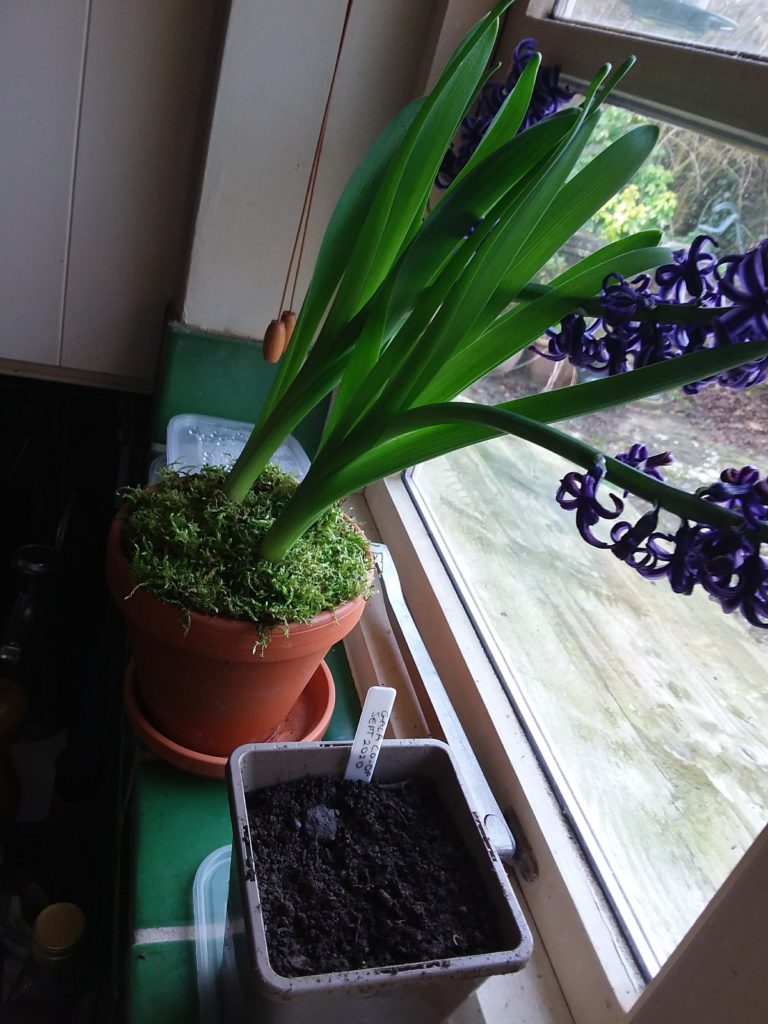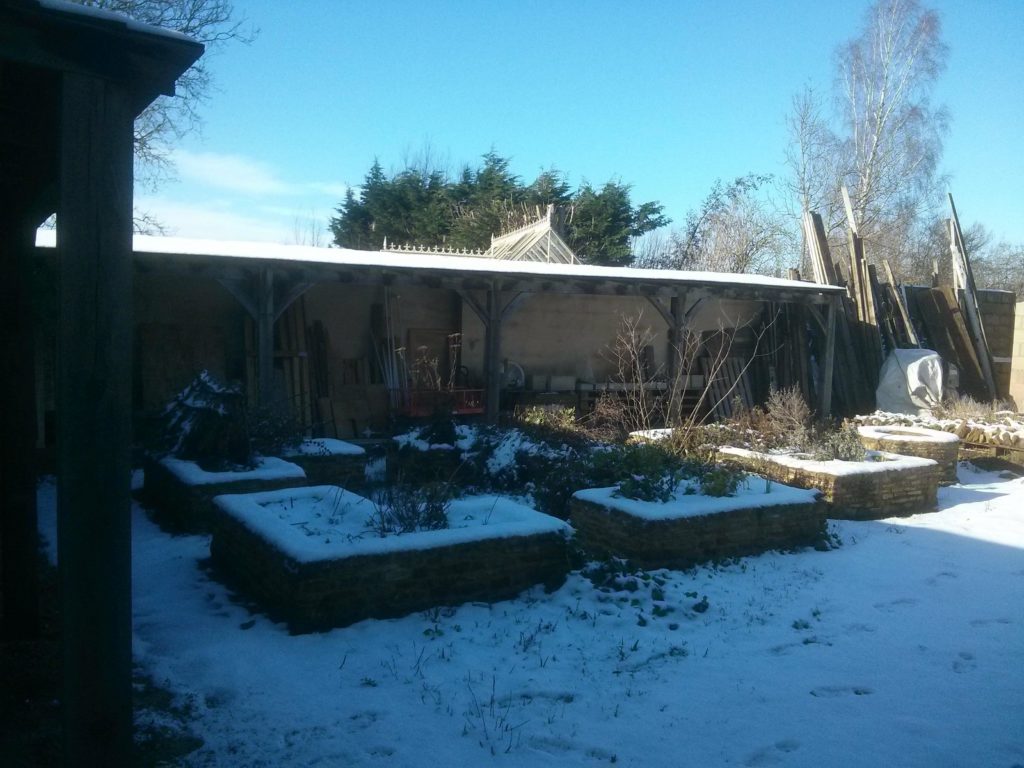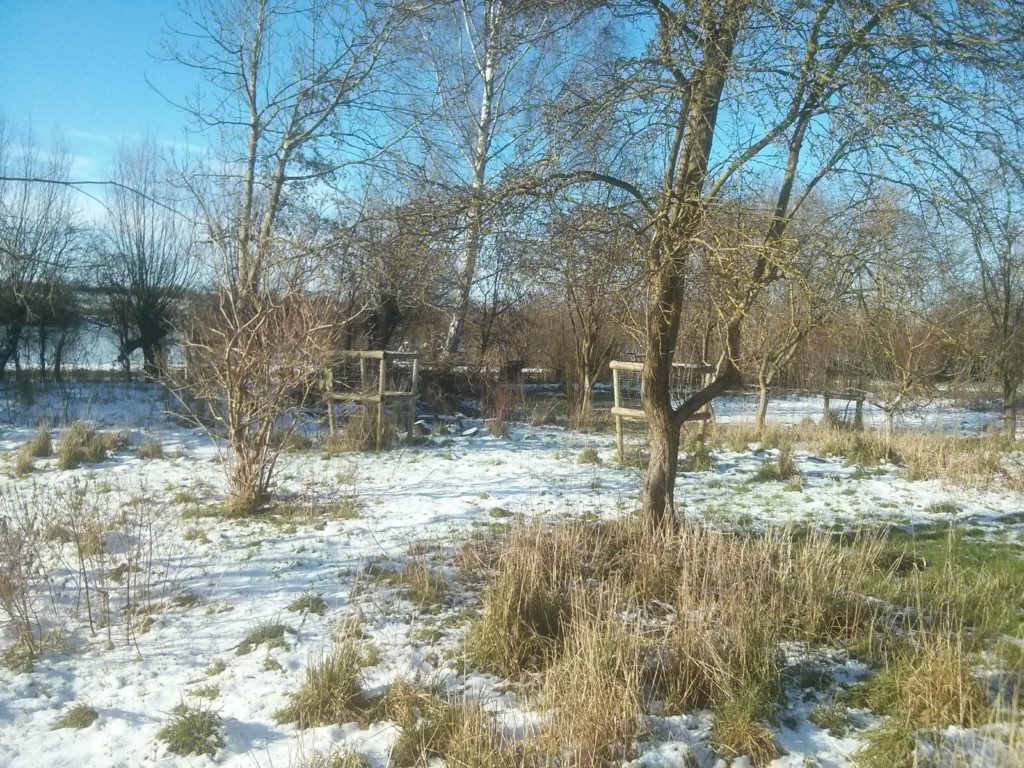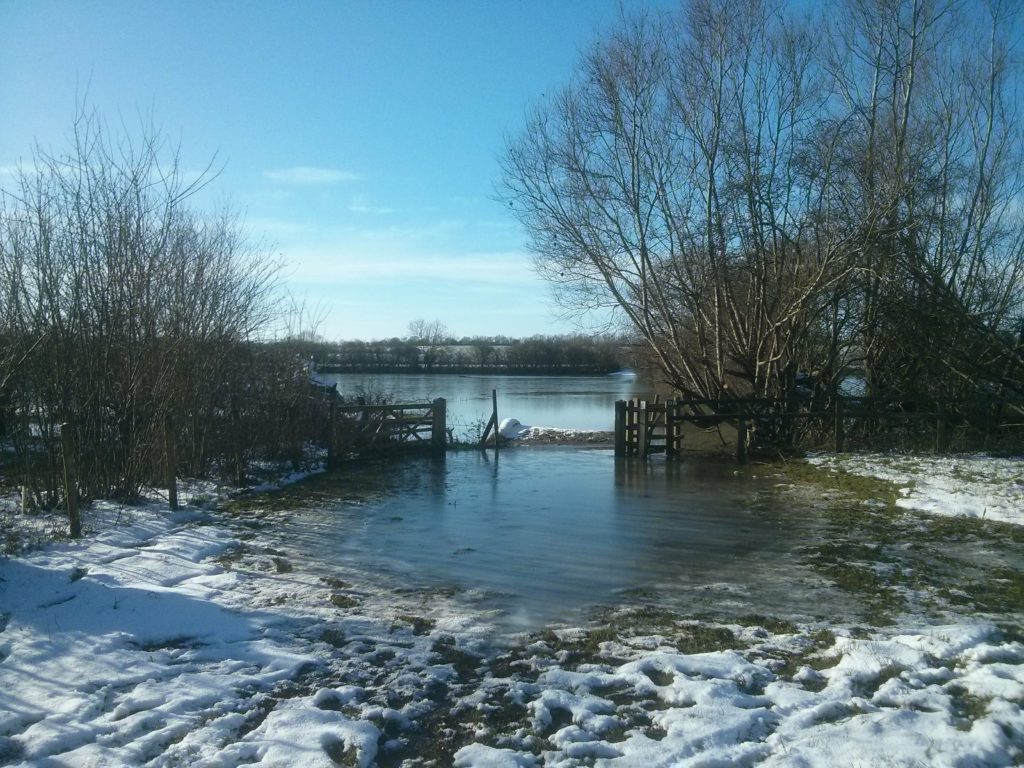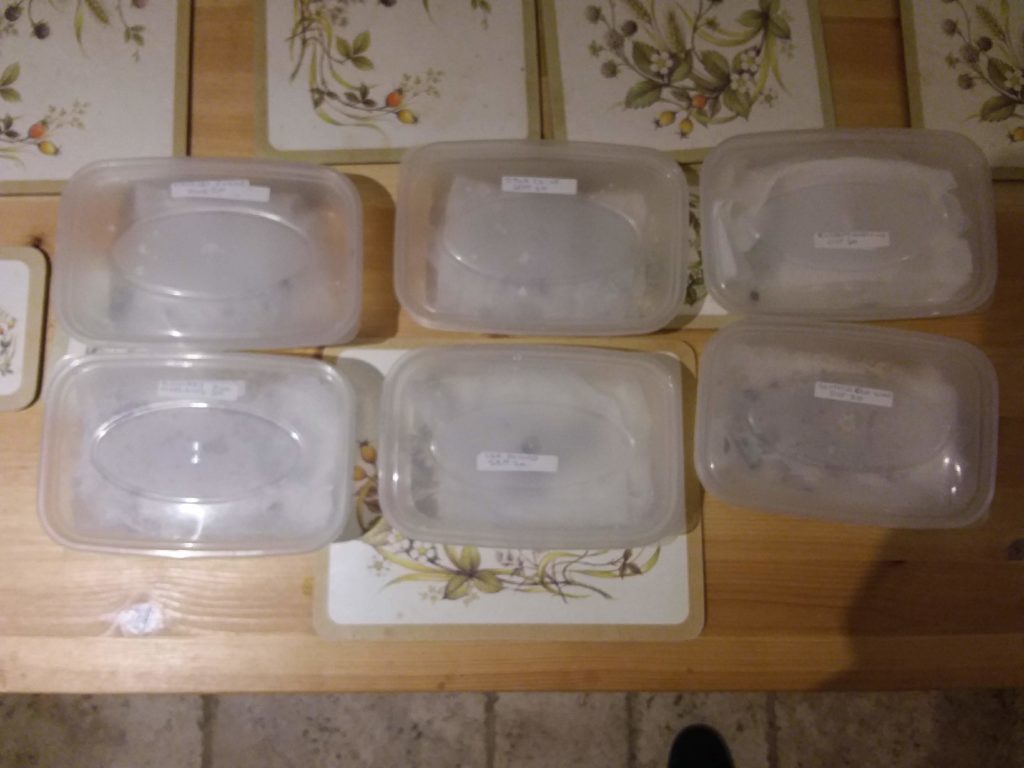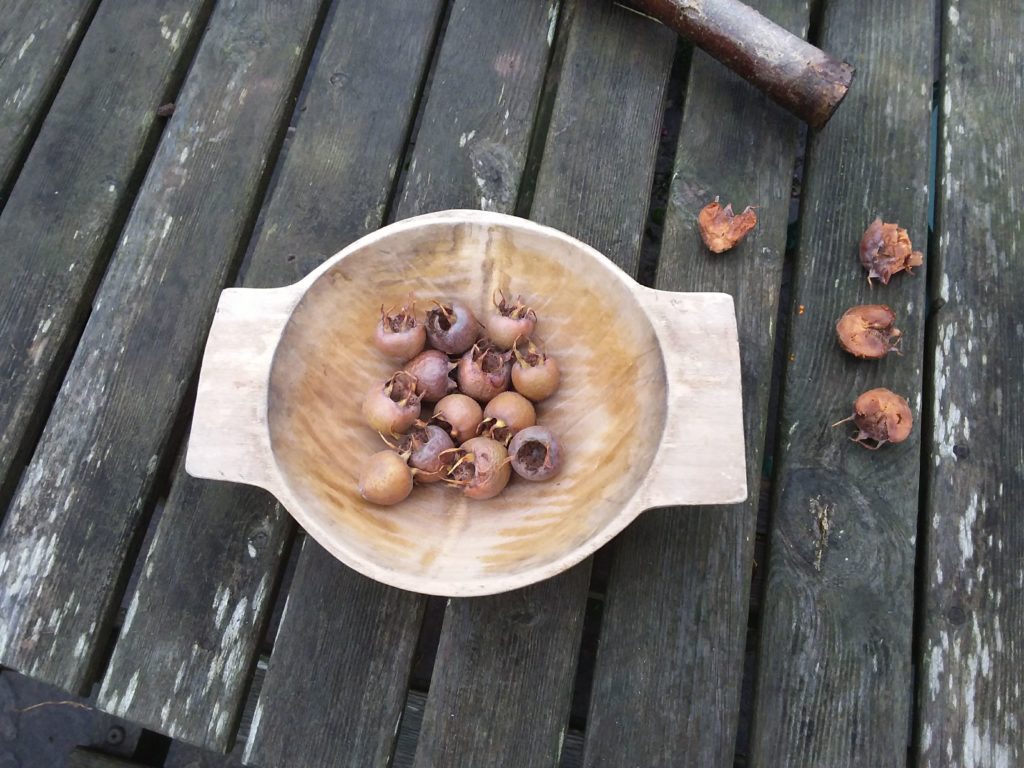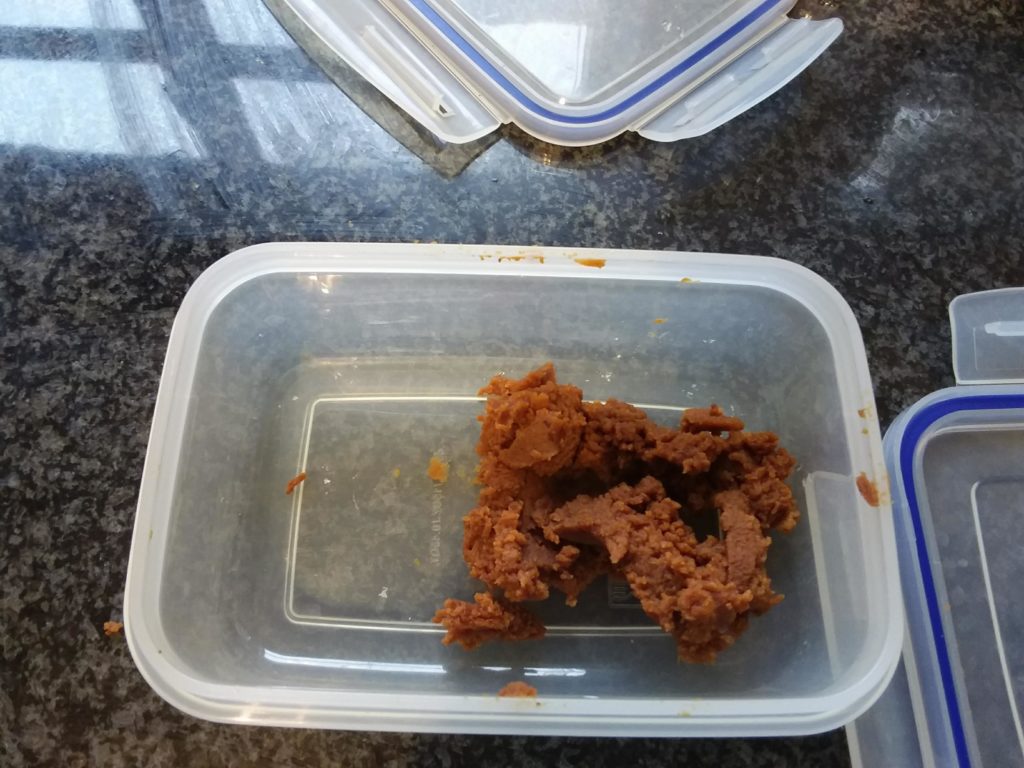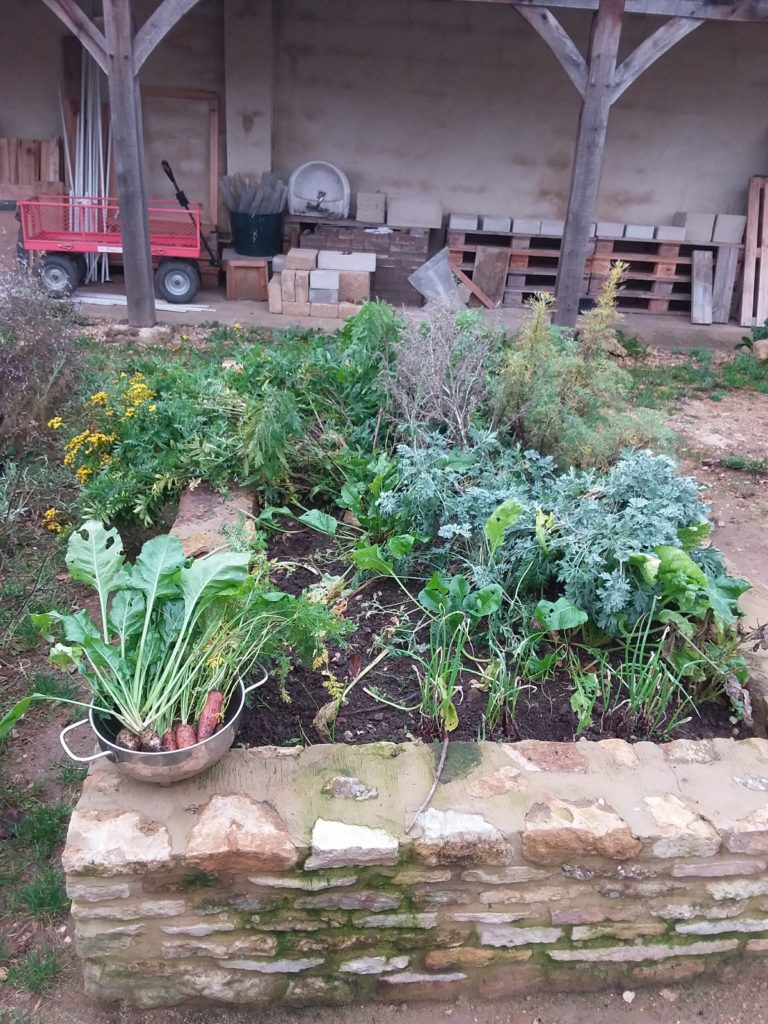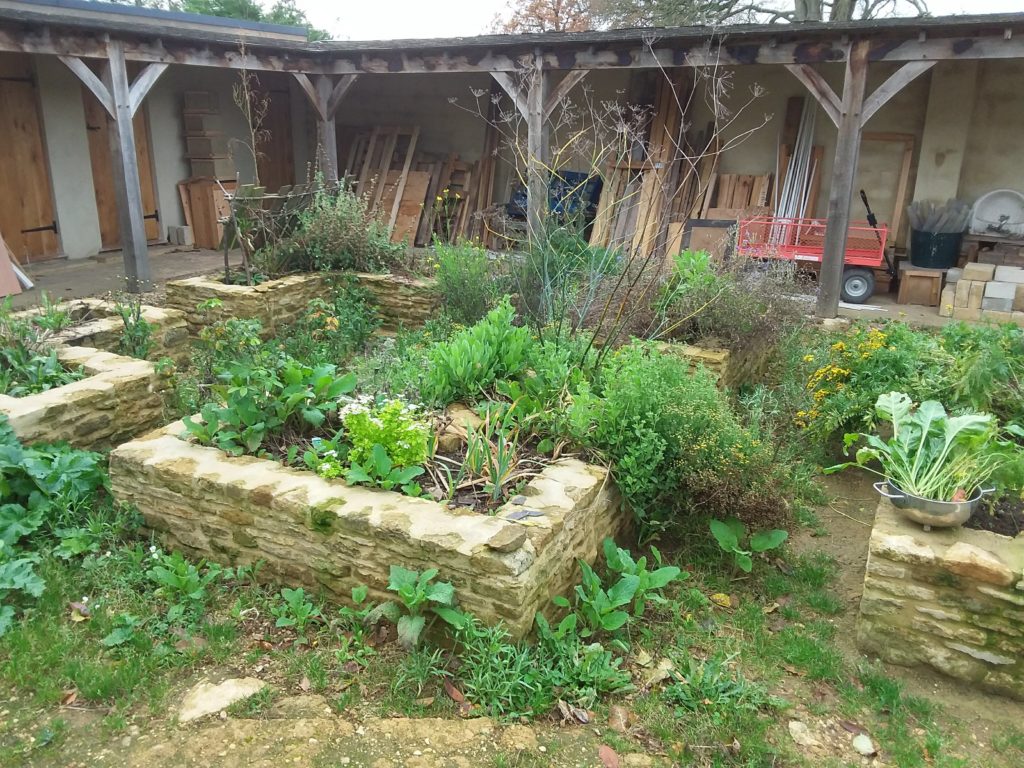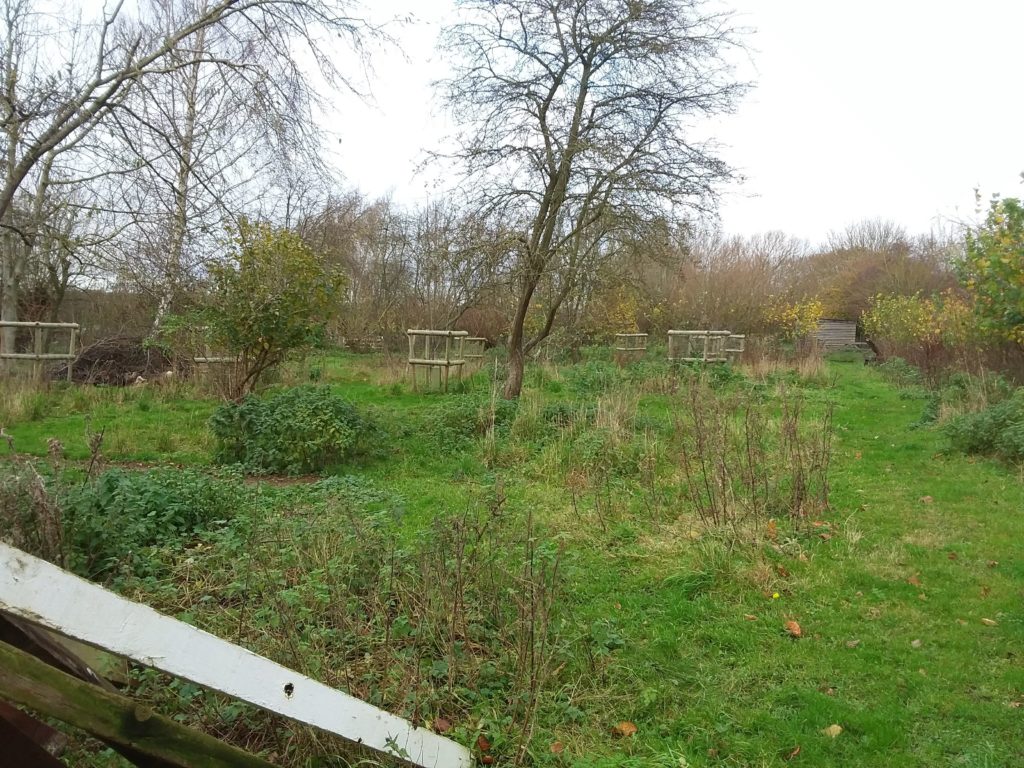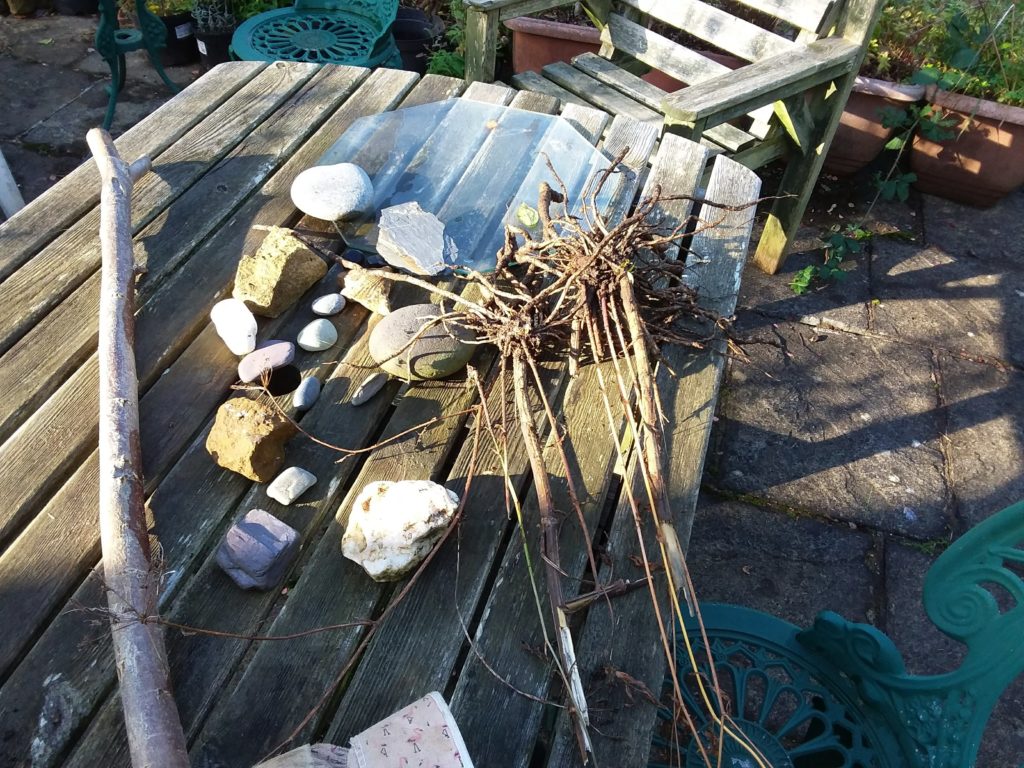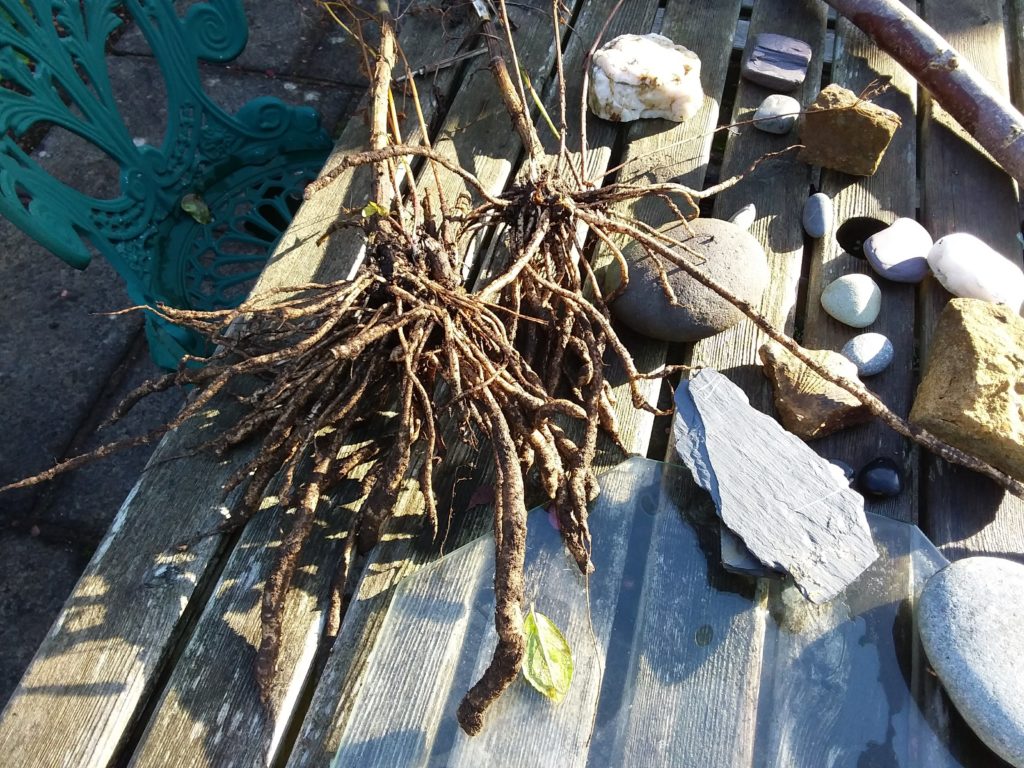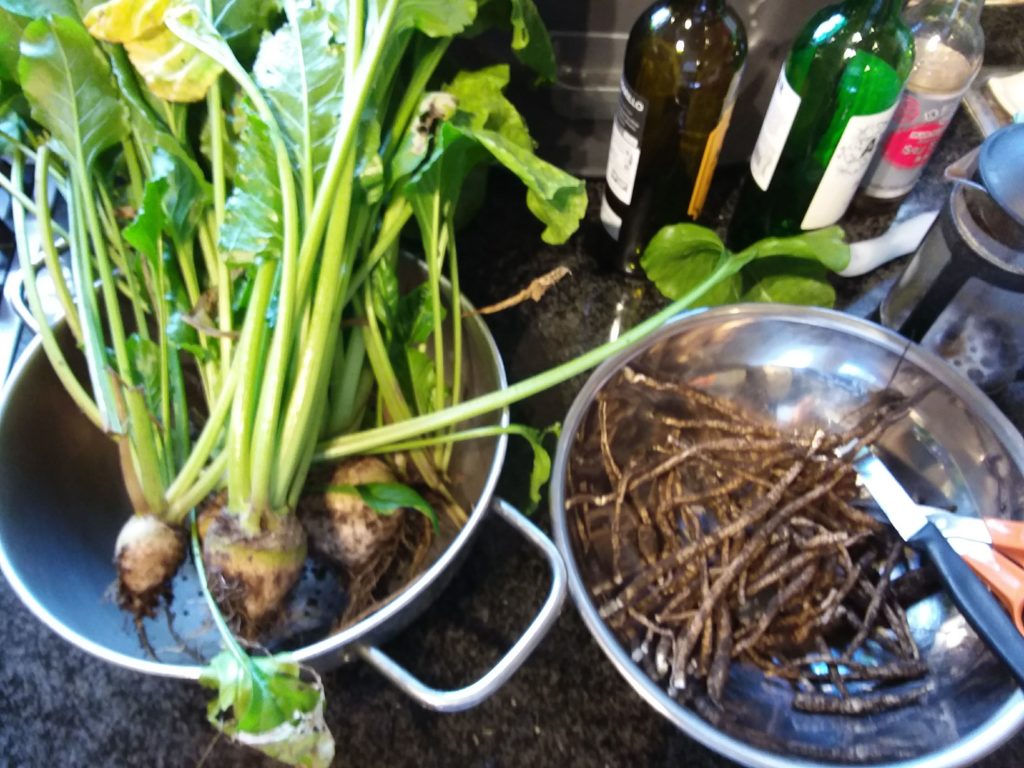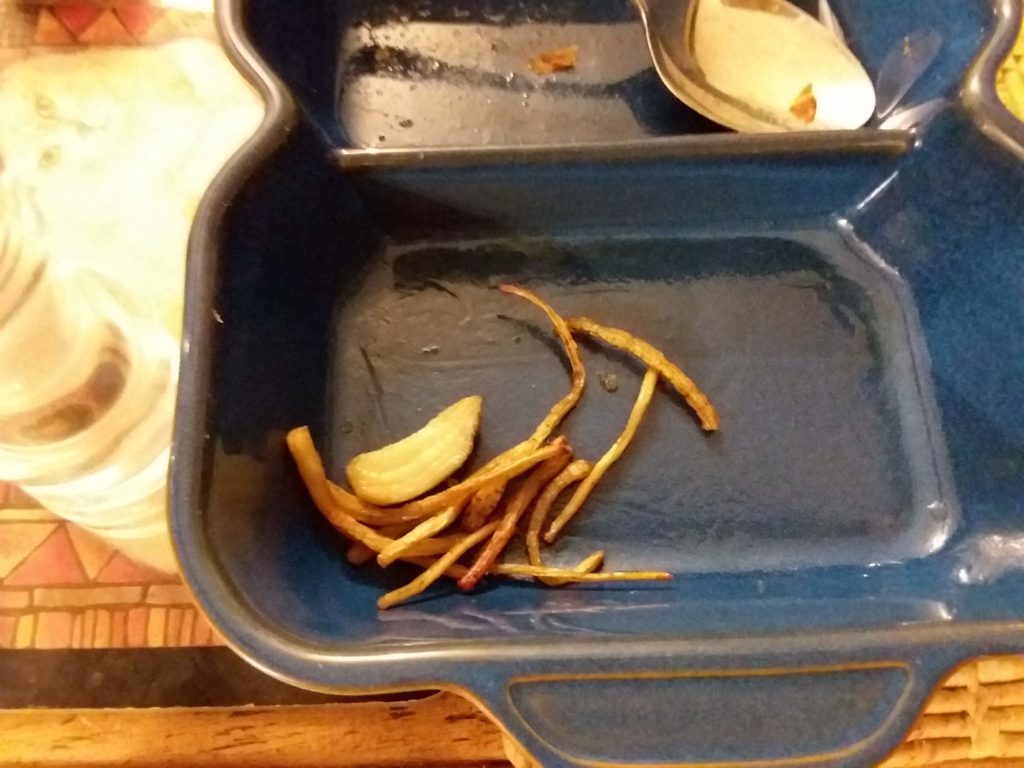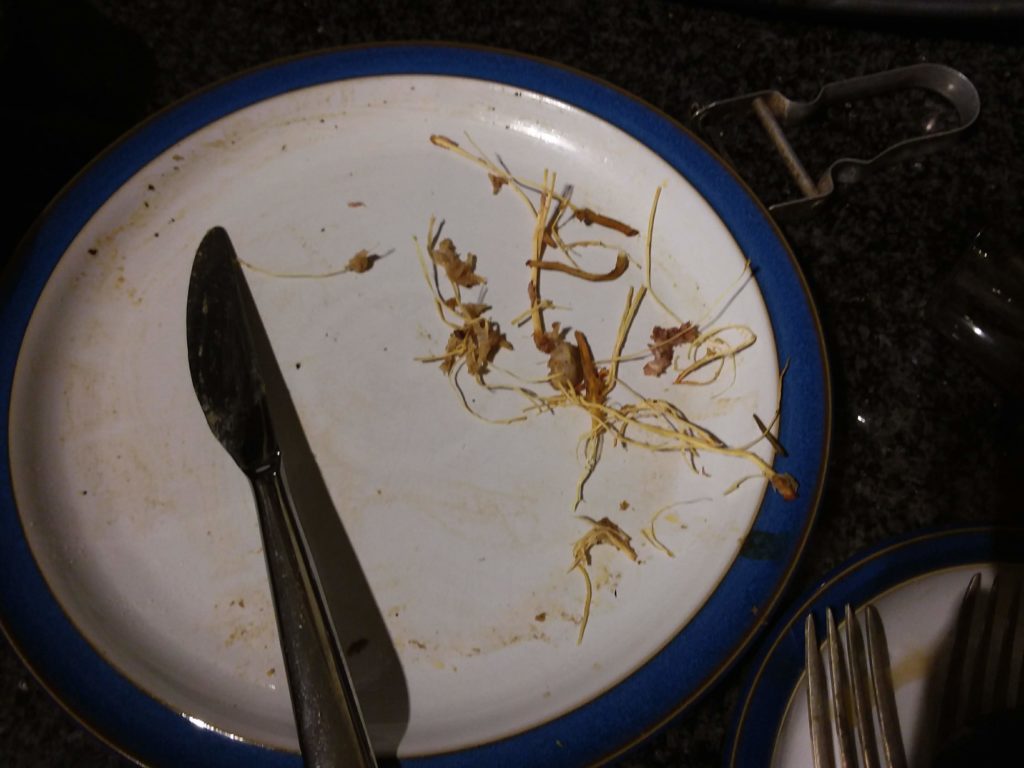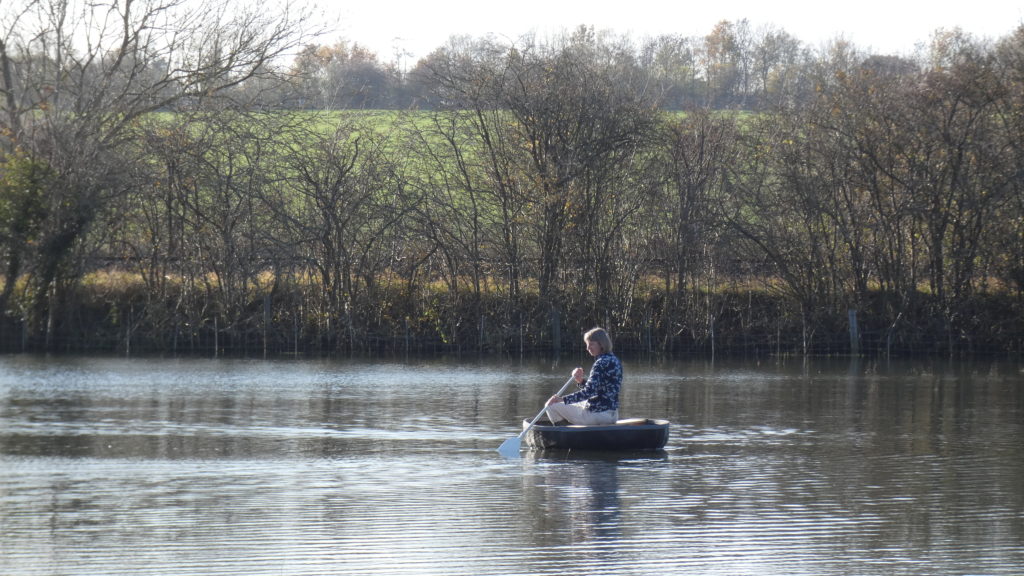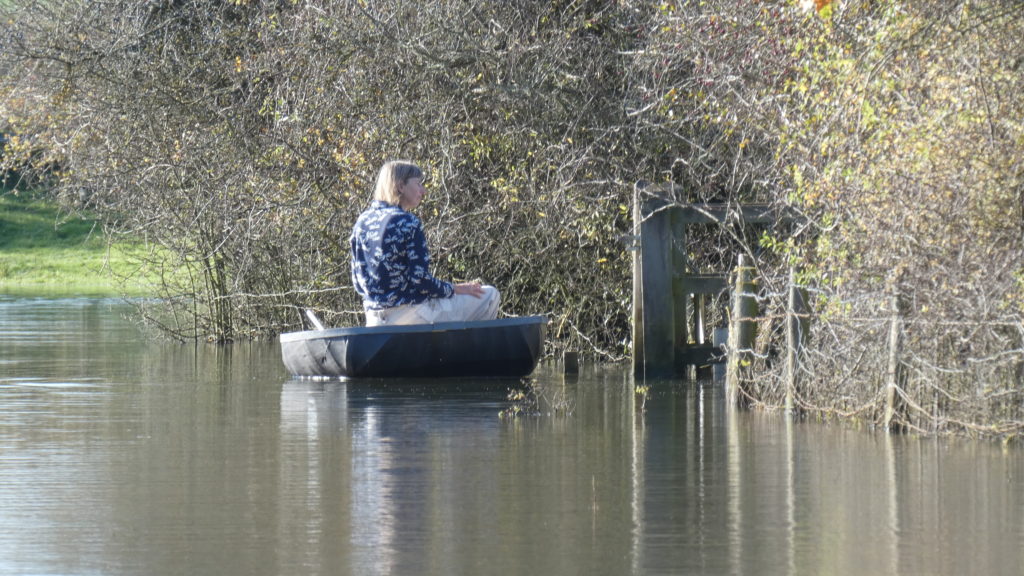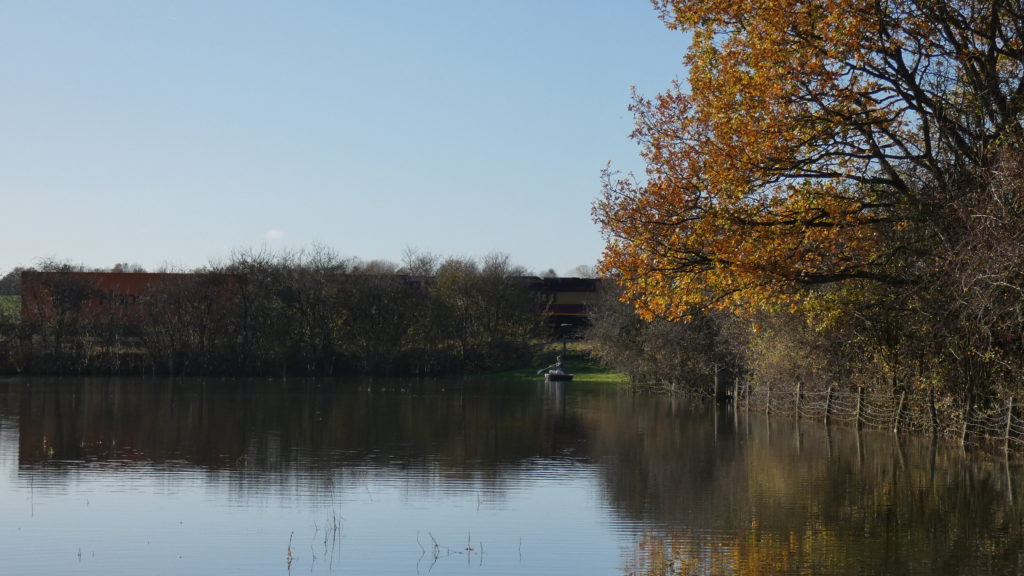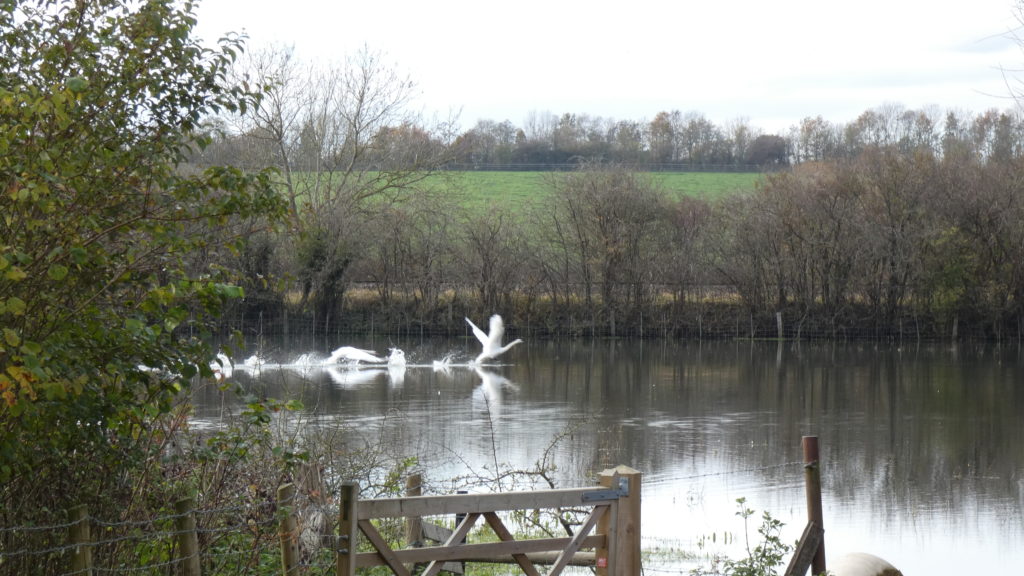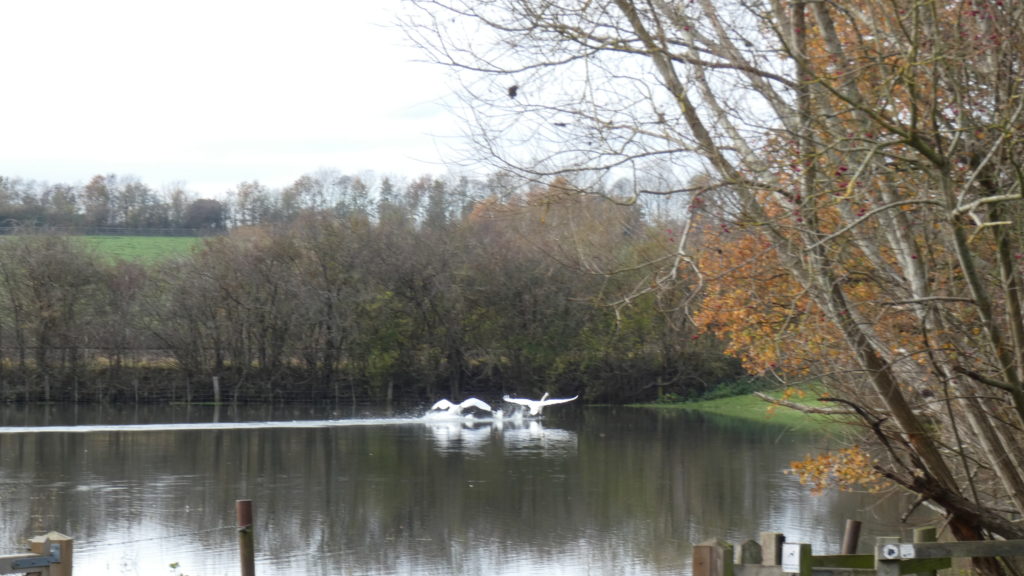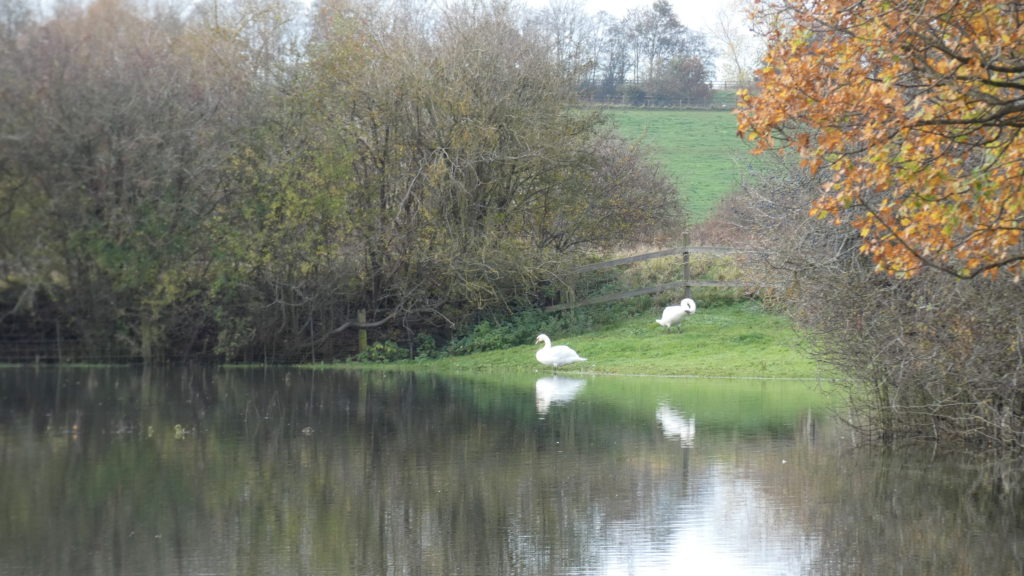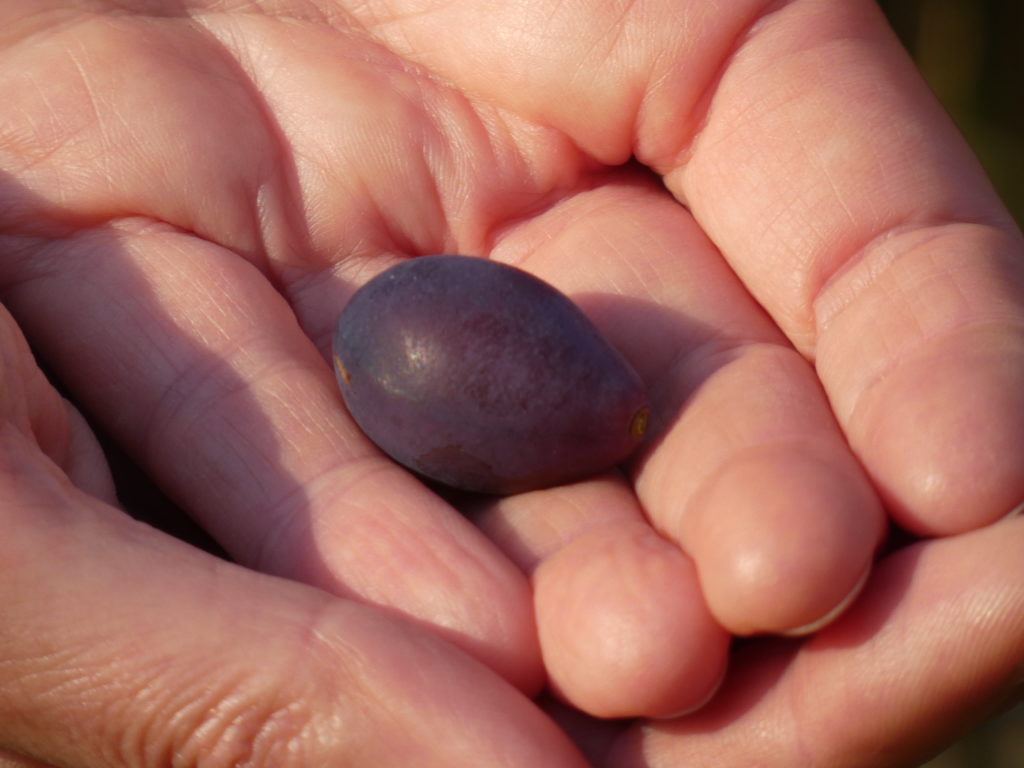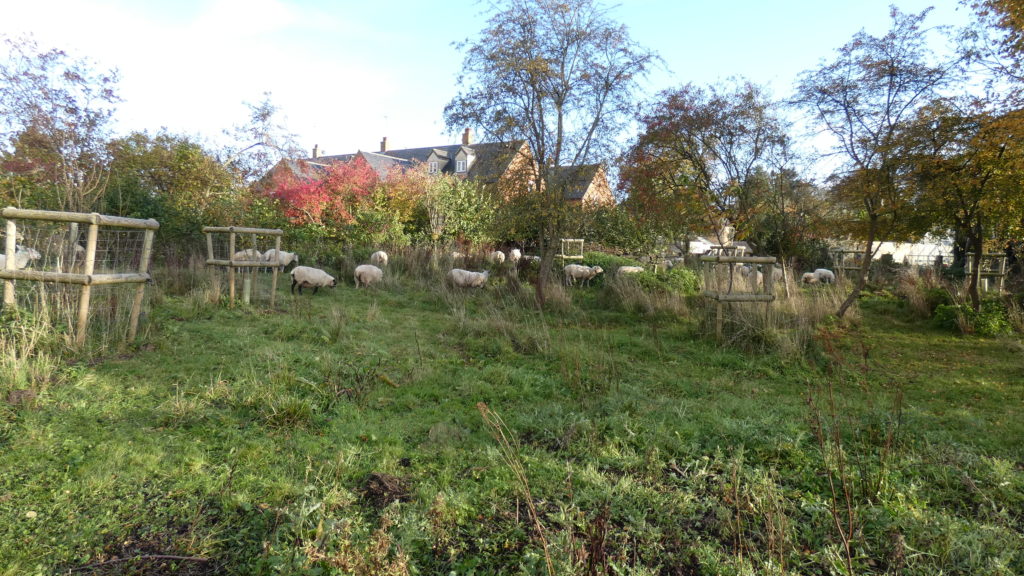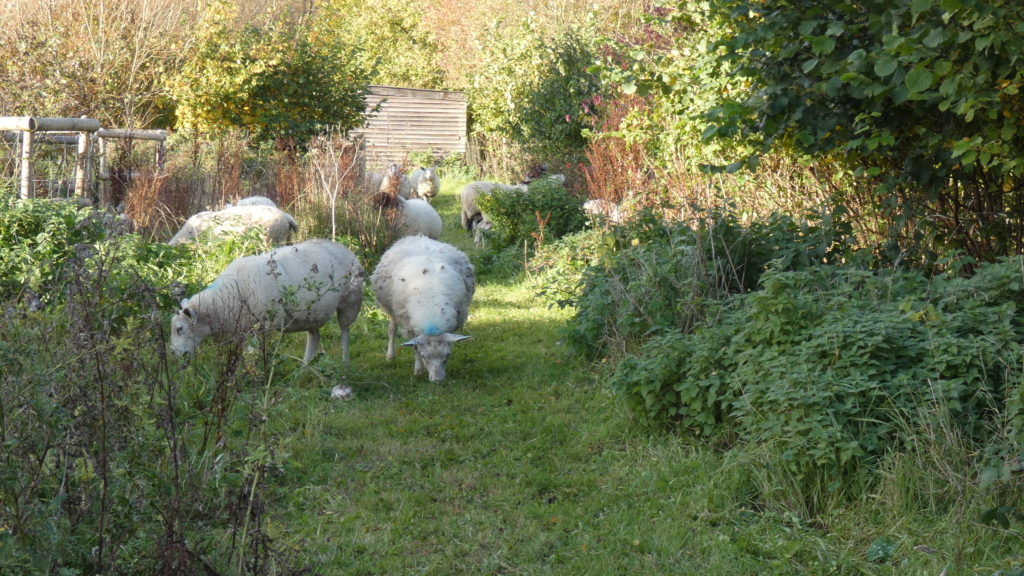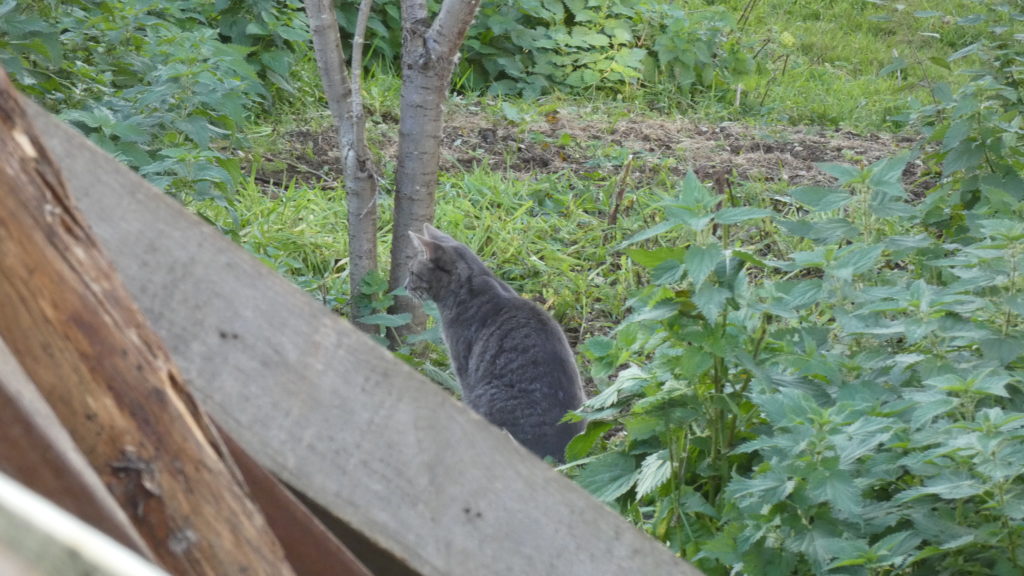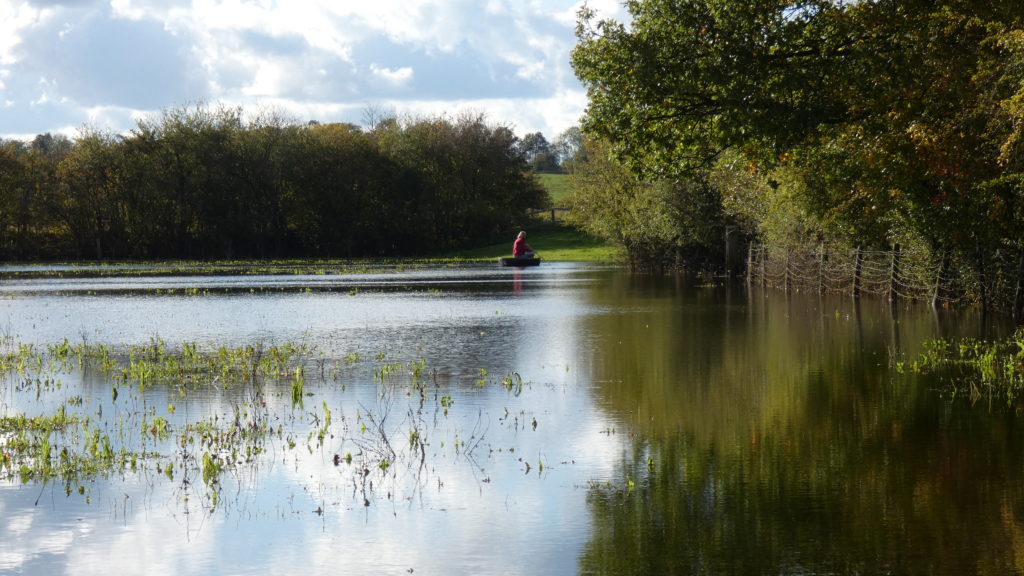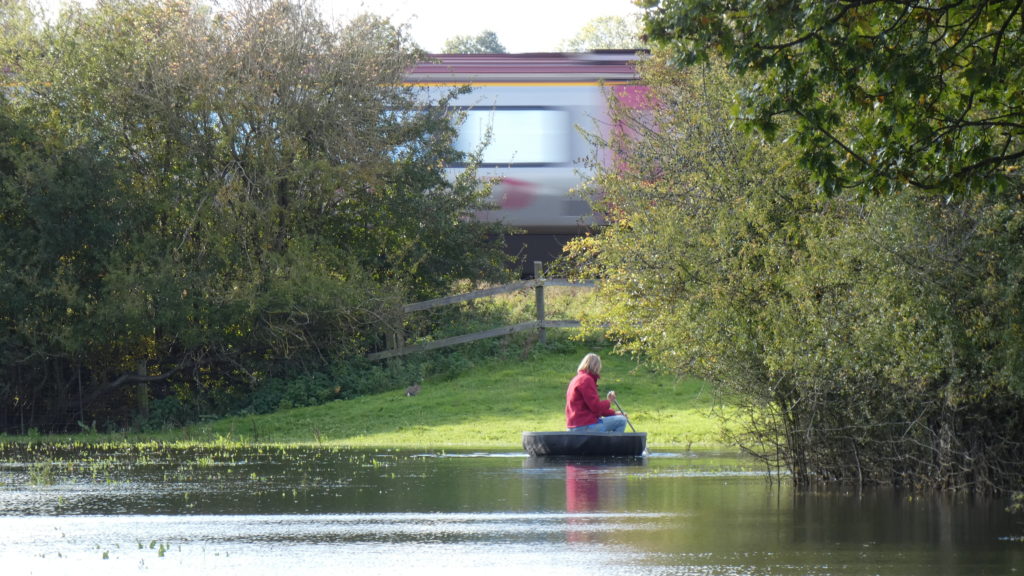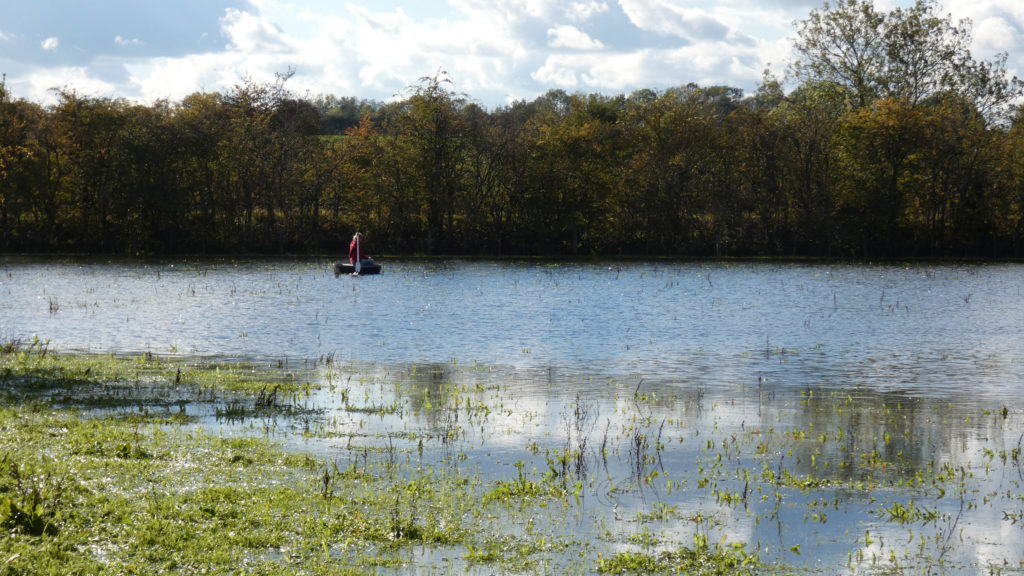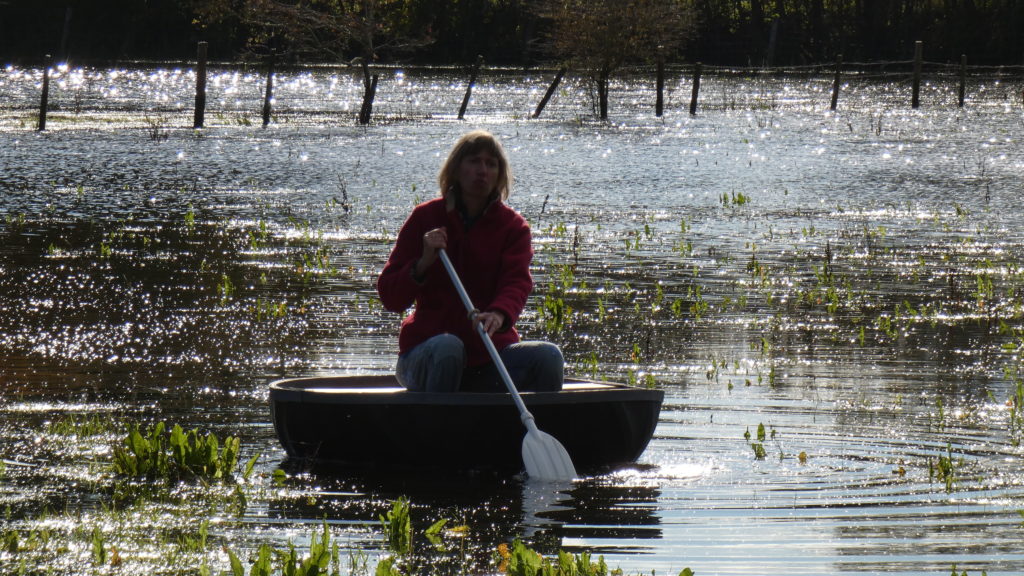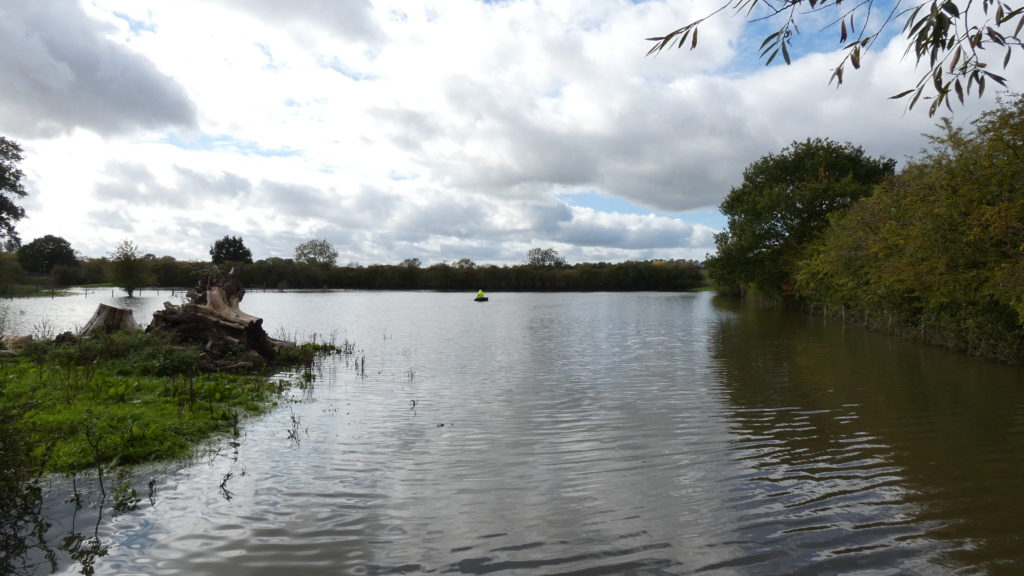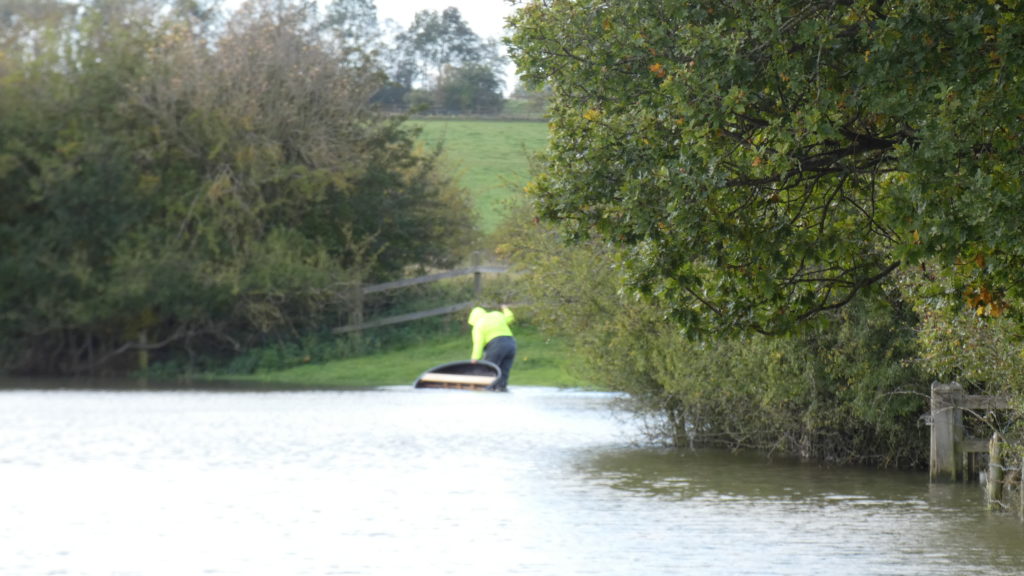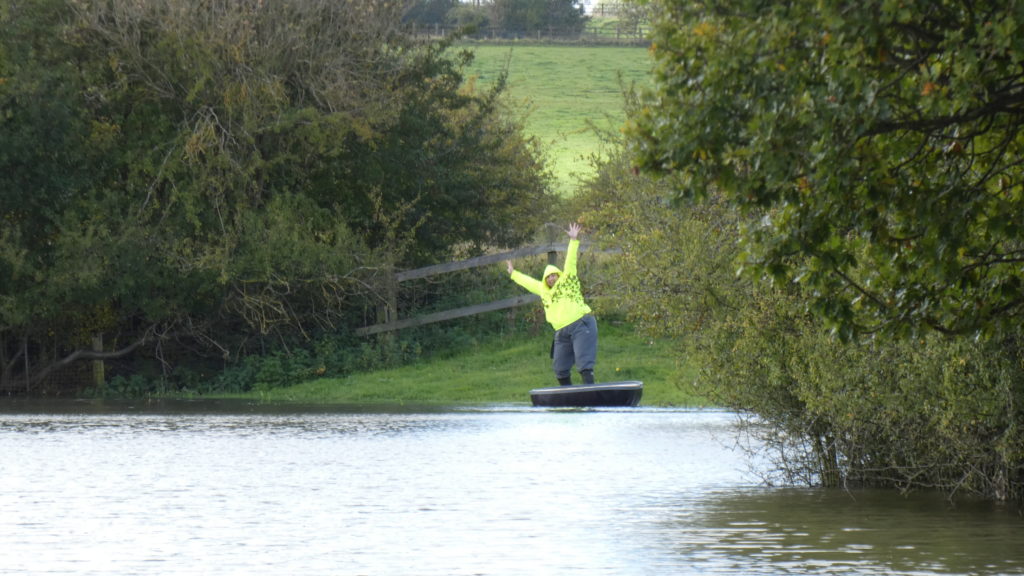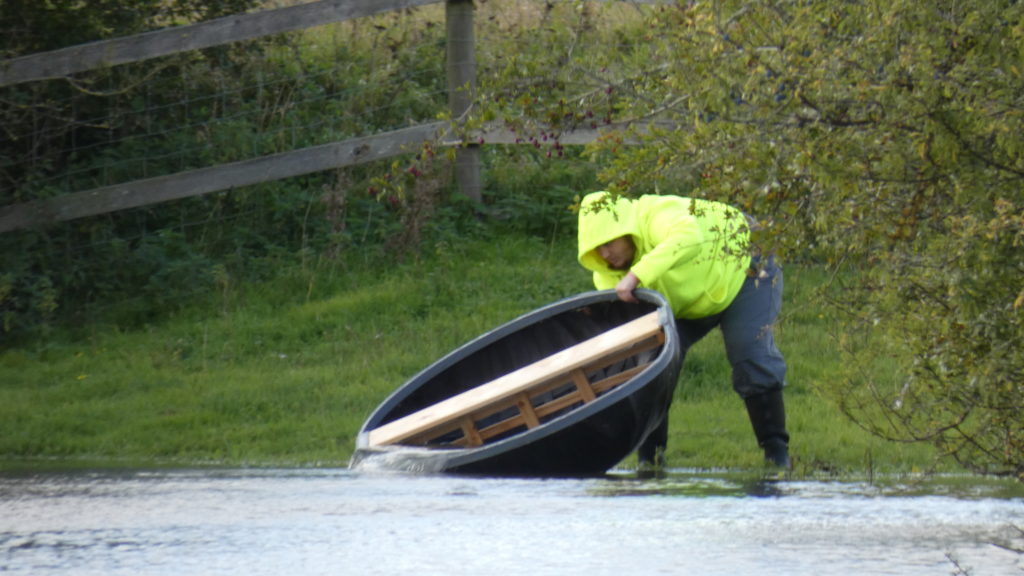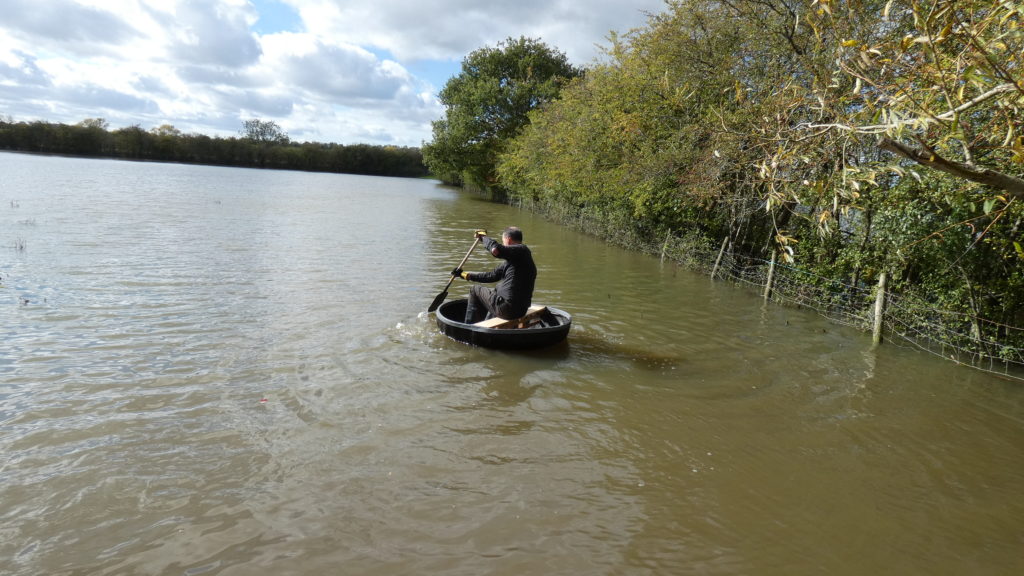At the start of December 2020, I put six boxes of apple pips in the fridge to impose a fake winter and encourage them to germinate. Two months later, on the Feast of Saint Wærburh (that’s today), I hoiked them all out and inspected them. They all look fine, a bit of mould but still shiny damp apple seeds. And the galas from the Co-op have started sprouting! This made getting into the old privy where the plant labels live an urgent job, and Al manfully tackled it. Hurray! He opened the door! I thought we wouldn’t see the inside of the privy until spring, given how wet it’s been and how much the door had swelled up. And there were my labels, neatly packed in an old Chinese takeaway box.
Yesterday I enquired of all my friends how best to permanently label plants, given that “permanent marker” faded quite rapidly; I received a number of very interesting suggestions. At one point I thought I’d have to split hazel rods and write on them with lead pencil (not a bad option), suspecting that I wouldn’t realistically get round to collecting and cutting open aluminium cans and then punching letters into them (a cool idea but time-consuming), and feeling that buying paraloid to use as varnish was also not going to happen. So I hunted up an HB pencil from my craft box, before discovering that the plastic labels had come with a soft lead pencil that was far more suitable. I may take the time to go back and scratch the letters in with a compass or leather awl (whatever comes to hand first) as an extra step, but this will do for now. And I’ve stuck labels into the three Braeburns that I planted last summer, now that I have two different types of apple that need to be differentiated.
I’ve put 5 seeds in each pot; I hope that the roots will grow mainly downwards so it won’t be too hard to separate them when they are larger. However, if this germination rate keeps up I could easily find myself with 50 – 100 young apple trees to deal with. We can squeeze a few more into the orchard, and maybe another one in the garden, but 50? Hmm! Really it’s enough to plant a fair-sized wood!

